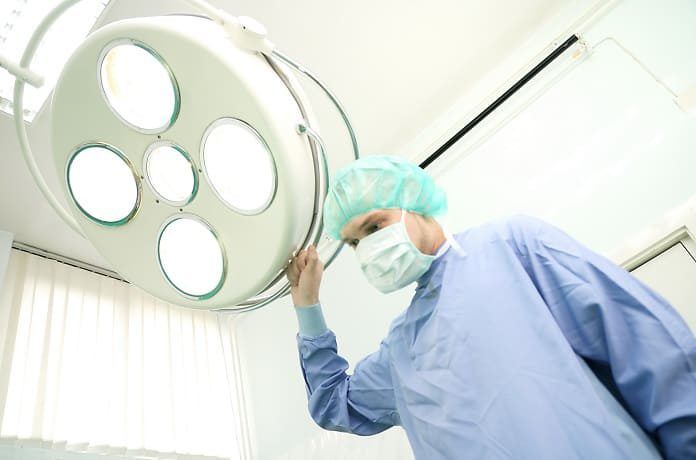A recent meta-analysis compares lumbar disc herniation surgery options, ranking them on their rates of success, complication, and reoperation.
The vast majority of cases of sciatica are due to the compression of nerves in the lumbar discs of the spine, which is the most common condition leading to spinal surgery. The standard treatment for lumbar disc herniation is open surgery with removal of the herniated part of the disc, also known as standard open discectomy.
Over the years, less invasive procedures have become available as alternatives to open back surgery. Some involve vaporizing the herniated material with lasers (laser disc decompression) or dissolving it with injected enzymes (chemonucleolysis). Others make use of operating microscopes and endoscopes to minimize the size of the incisions needed to operate. How these newer treatments compare to more traditional procedures, however, has not been firmly established.
What are the Choices?
Previous meta-analysis studies comparing treatments for lumbar disc herniation have worked with a limited number of trials. Because of this, a team of researchers in China sought to compare several surgical interventions for lumbar disc herniation and rank them according to their effectiveness and safety. They performed a meta-analysis of seven surgical interventions: percutaneous endoscopic lumbar discectomy, standard open discectomy, standard open microsurgical discectomy, chemonucleolysis, microendoscopic discectomy, percutaneous laser disc decompression, and automated percutaneous lumbar discectomy. Their work was published in Pain Physician in September.
A total of 29 randomized controlled trials representing 3,146 participants were included in the analysis. The success rate, complication rate, and reoperation rate of the patients were extracted from these trials. Studies were only included if they measured these outcomes in patients requiring surgery for lumbar disc herniation with follow up periods of at least six months.
Percutaneous Endoscopic Lumbar Discectomy was the Best Choice
Percutaneous endoscopic lumbar discectomy had the highest success rate and the lowest complication rate. Standard open microsurgical discectomy had the lowest reoperation rate. Traditional standard open discectomy was not far behind, ranking second best in success rate, and third best in complication rate. The most unfavourable treatment was automated percutaneous lumbar discectomy, with the lowest success rate and highest complication and reoperation rates.
There are some limitations with this study due to pooling data from several different sources. There was wide variability in follow up times and sample sizes for each treatment’s measured outcome. For example, the most unfavourable treatment (automated percutaneous lumbar discectomy) only had a sample size of 100 for its success rate. Additionally, the study used summary data instead of individual patient data.
Despite these limitations, the researchers maintain that the findings are in agreement with previous research, and stress the utility of establishing a ranked comparison of interventions. The evidence suggests that percutaneous endoscopic lumbar discectomy may be the most favourable treatment for lumbar disc herniation for increasing the chance of success and reducing complications. On the other hand, standard open microsurgical discectomy seems to be the most favourable to reduce the need for reoperation. The researchers hope that additional trials of higher quality and consistency become available in the future.
Written by Agustin Dominguez Iino, BSc
Reference: Feng F, Xu Q, Yan F, Xie Y, Deng Z, Hu C, Zhu X, Cai L. Comparison of 7 Surgical Interventions for Lumbar Disc Herniation: A Network Meta-analysis. Pain Physician. 2017 Sep;20(6):E863-E871.



